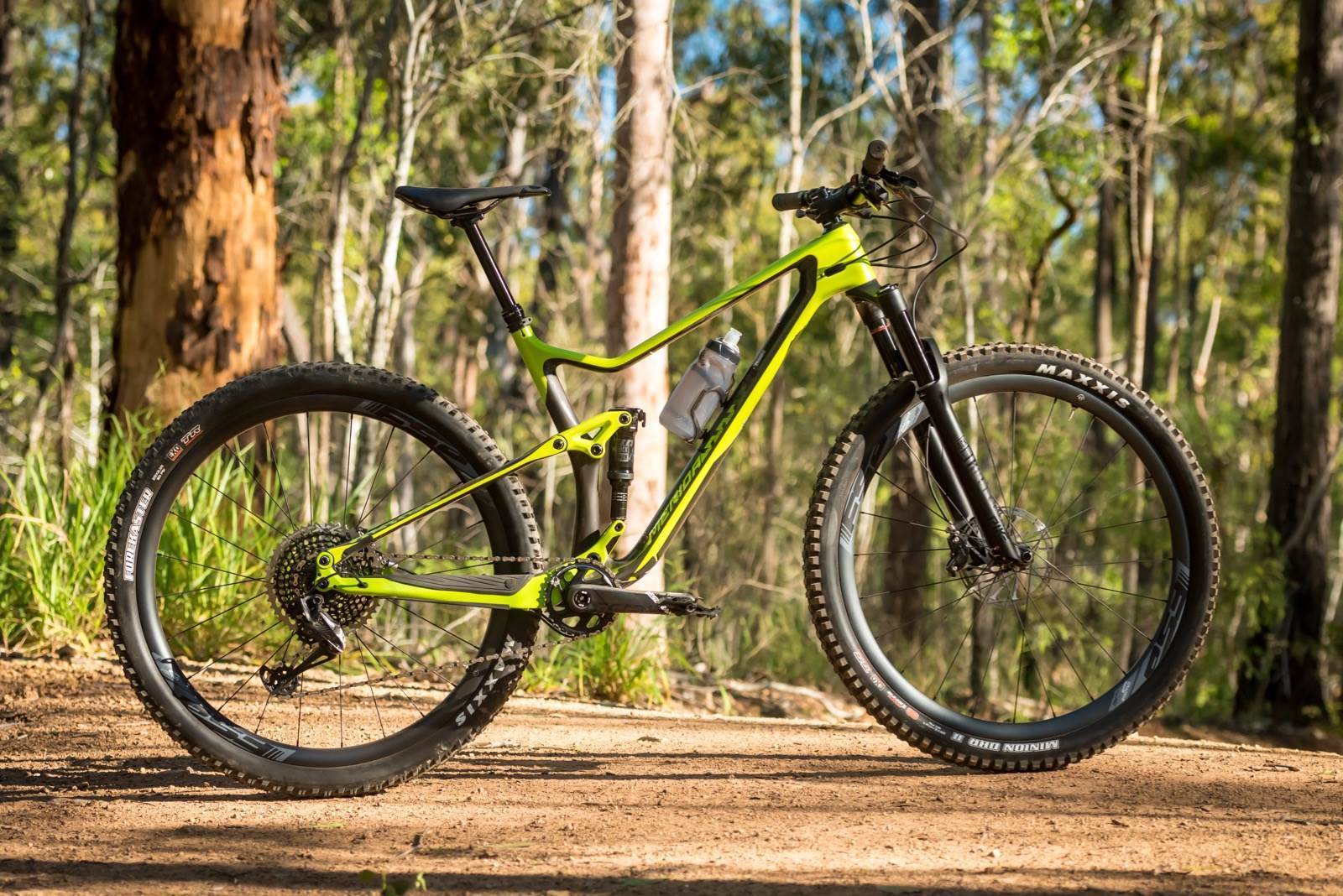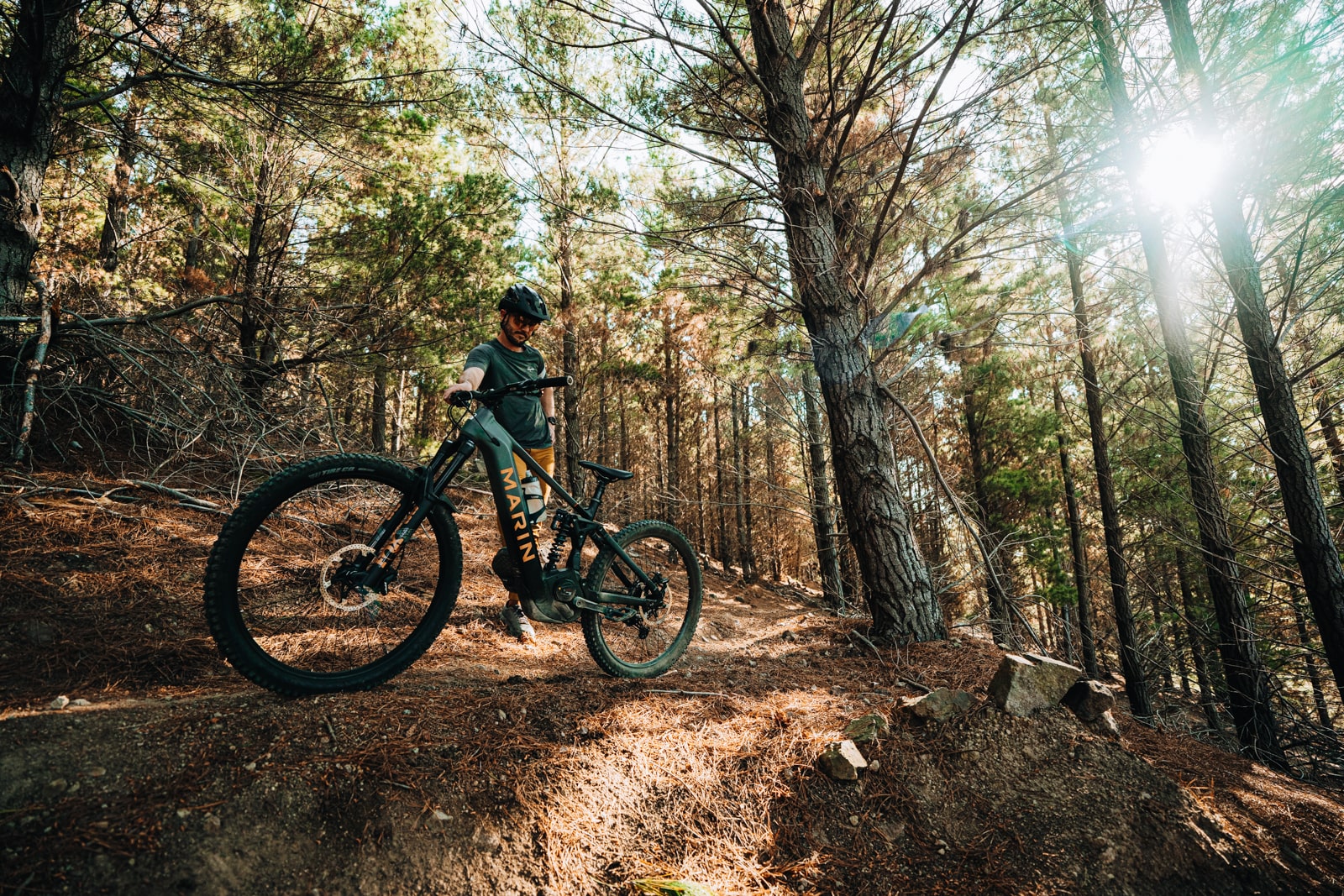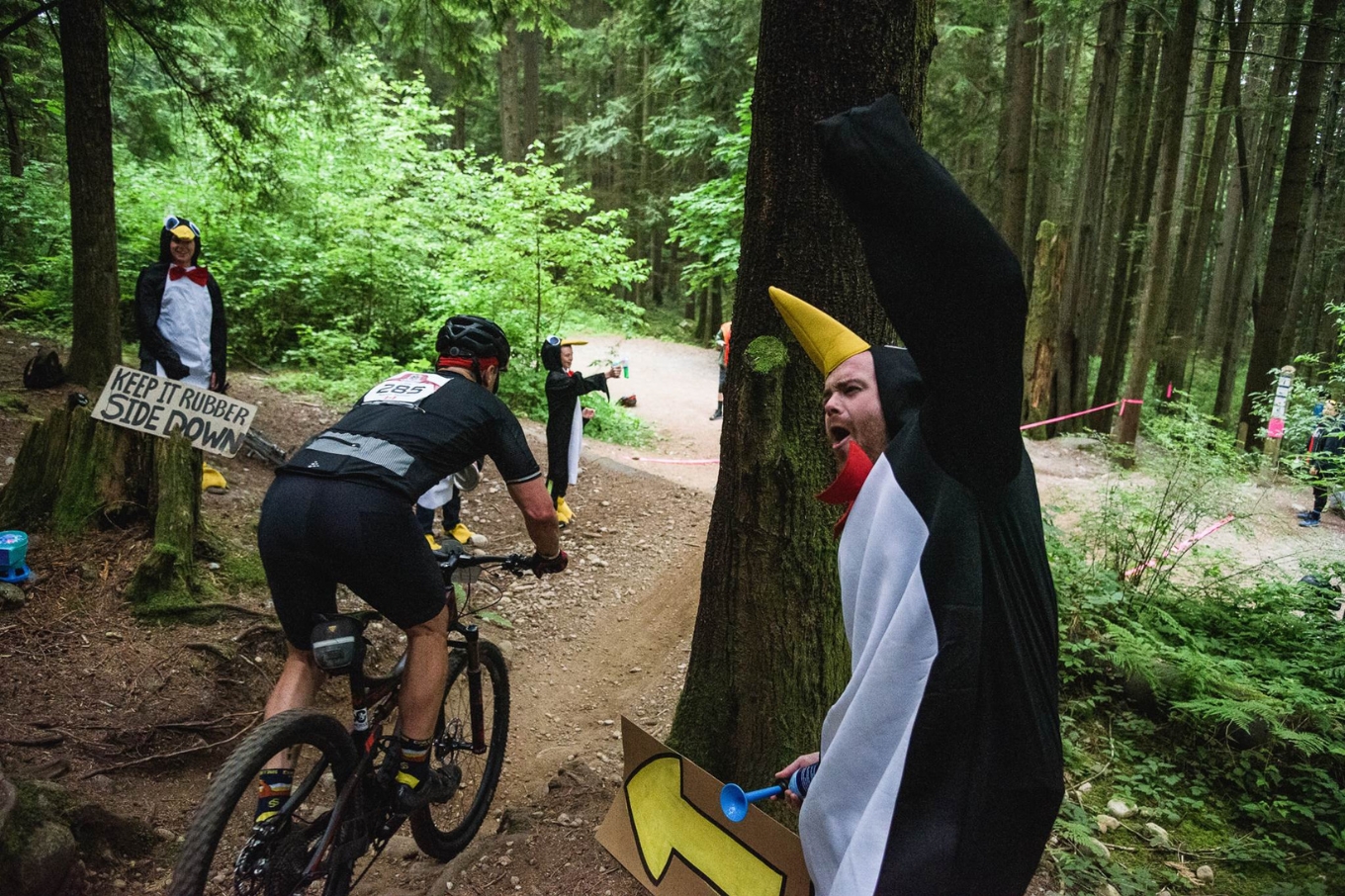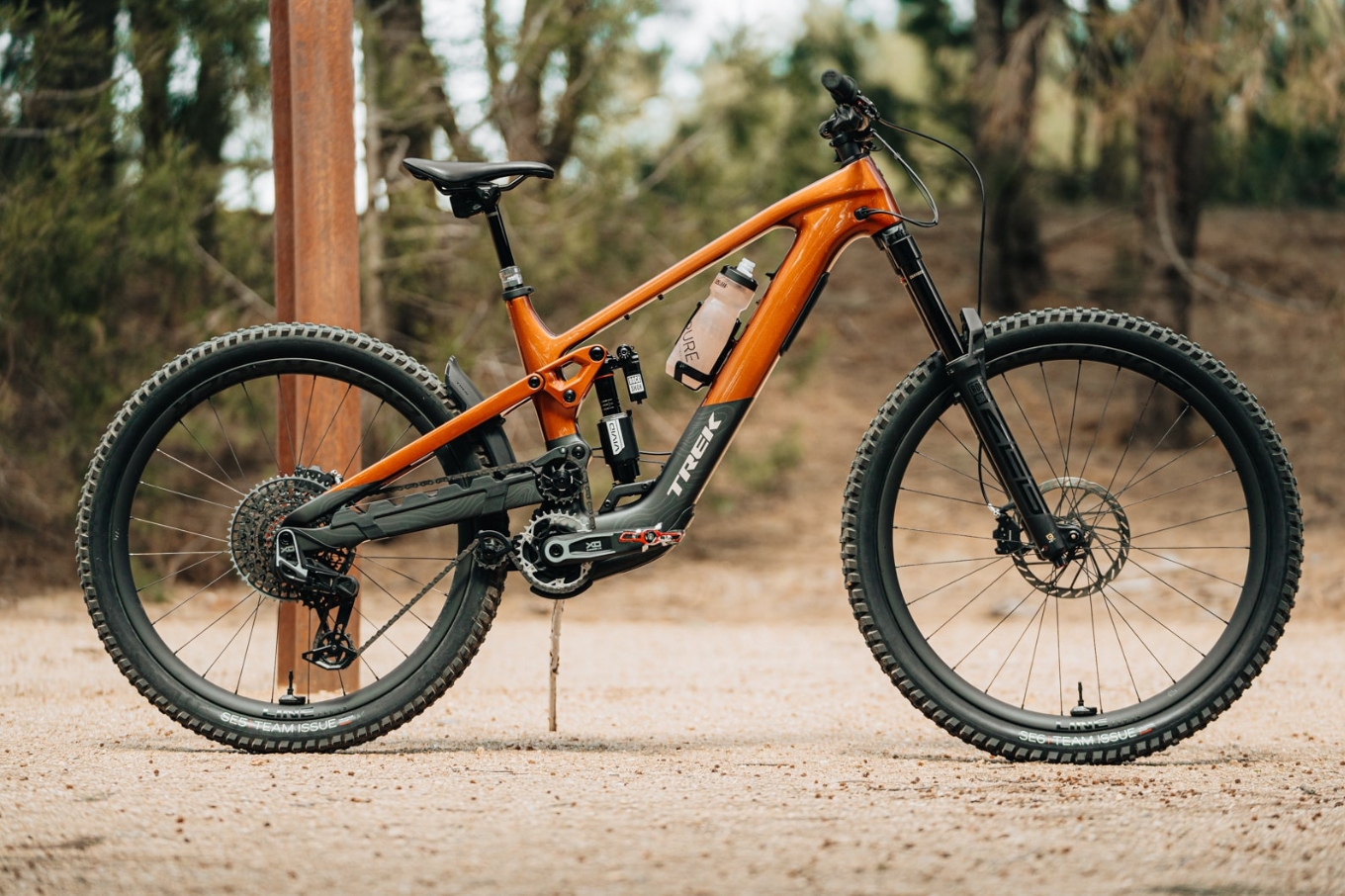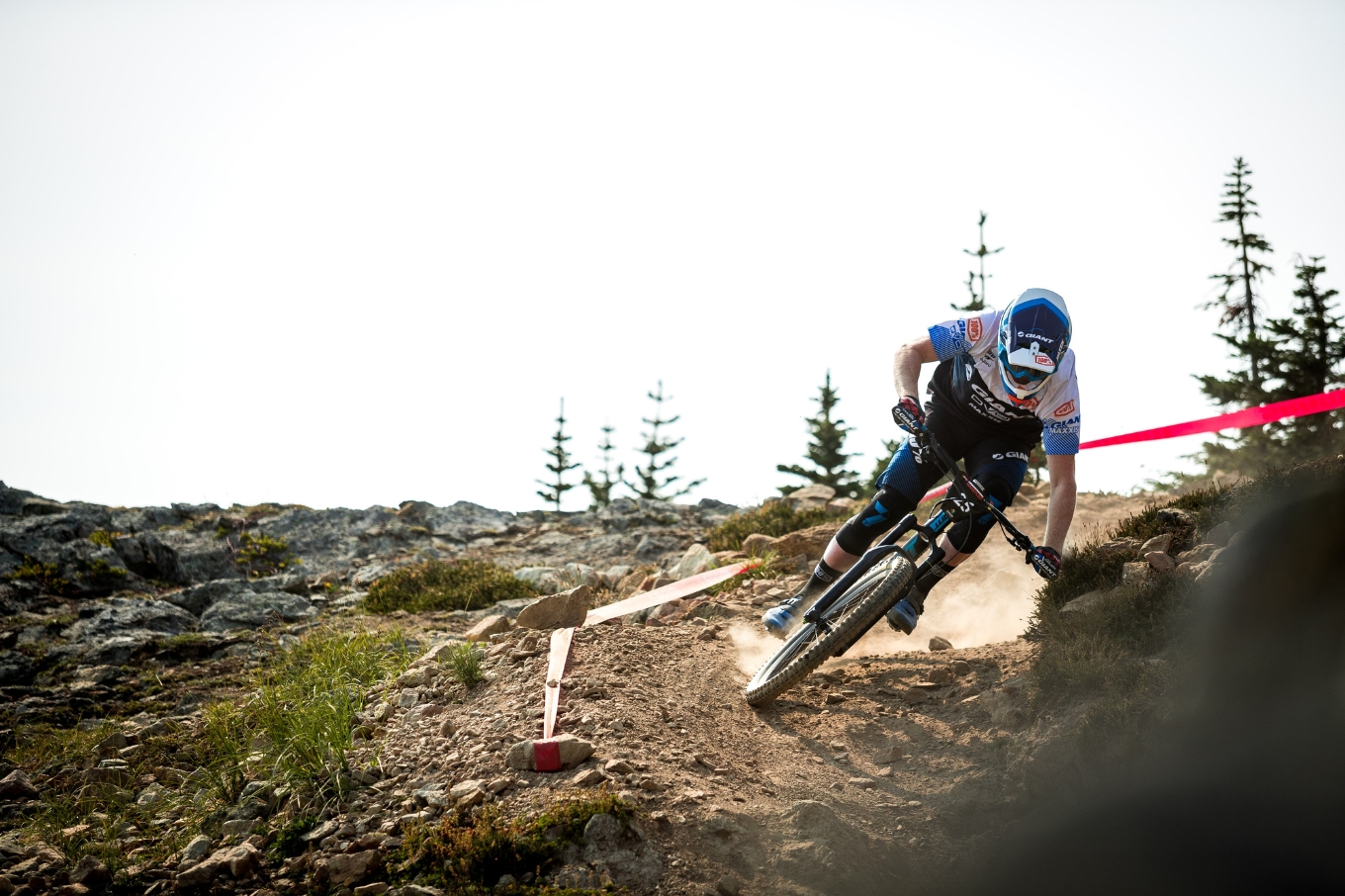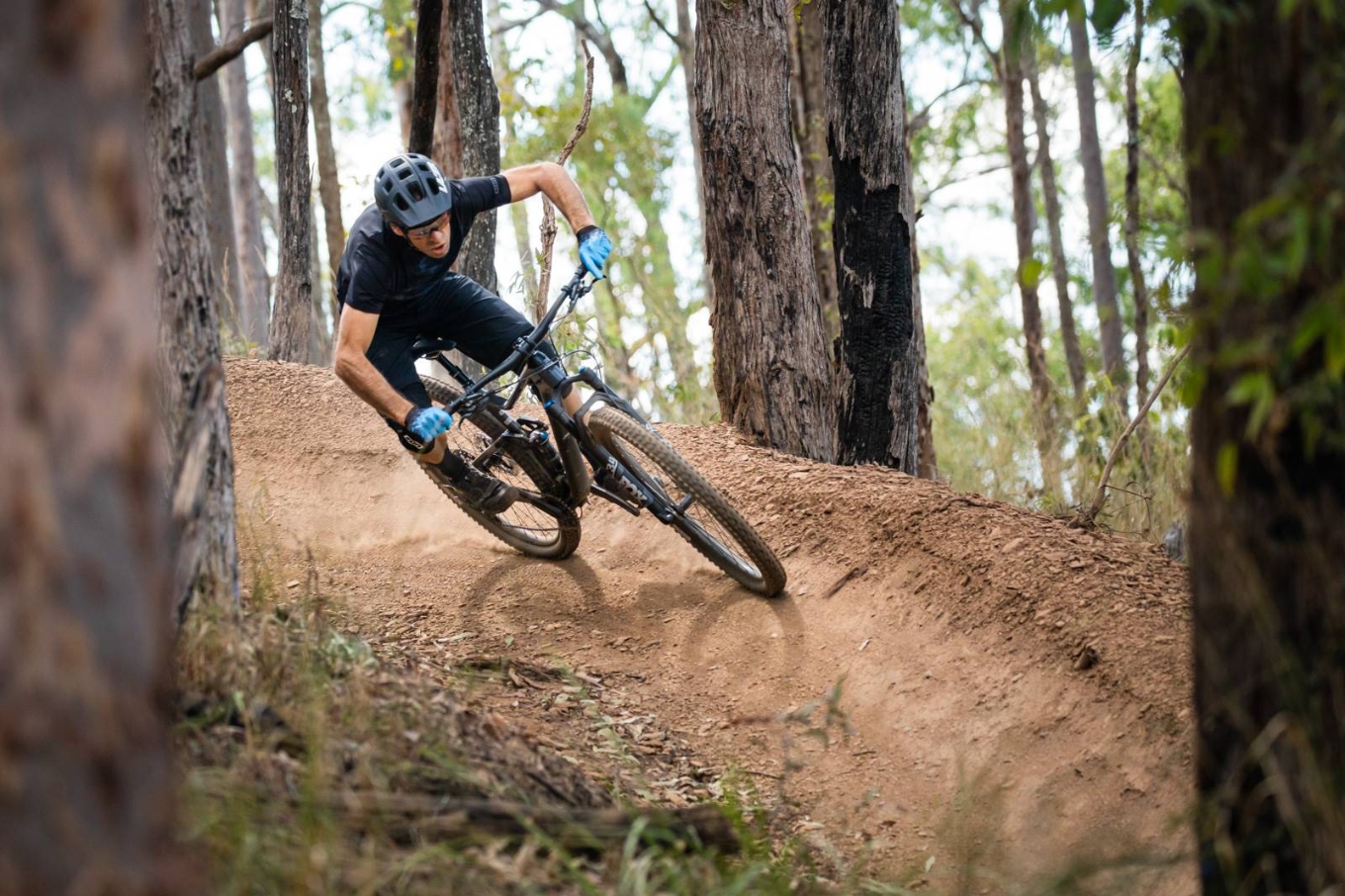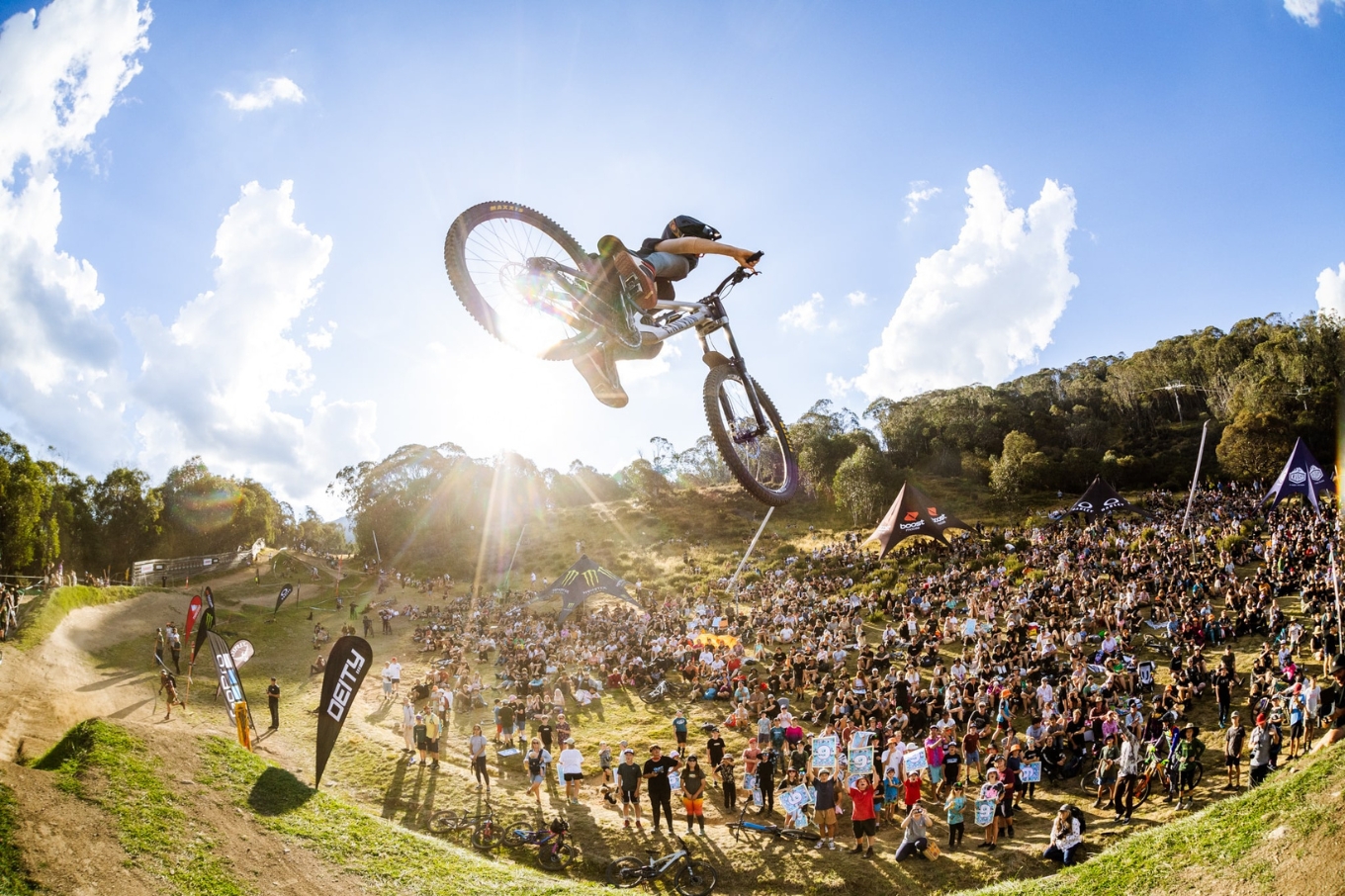Tested: Merida One-Twenty 8000
A small trail bike or big XC rig? Testing the Merida One-Twenty 8000 to see where it sits!
Tester: Bradley Babel Photographer: Lachlan Ryan
Merida have been making bikes since 1972 out of Taiwan and established their own brand in 1988, and while not being known for making the sexiest bikes in the past, in recent years Merida have been slowly taking steps to improve their range and offering in both mountain biking and road. They are actually one of the largest bicycle manufacturers in the world producing over 2 million bikes a year, including manufacturing for other bike brands. They can compete on value with other big brands because they run their own factories, and have good buying power to boot. In Australia I feel like they have a bit of an image problem and not seen as a brand to aspire to – so Merida may not be on the list of a lot of the established or more experienced cyclist, but maybe they should?
The One-Twenty 8000 is their do it all light trail bike model packing more travel and capability for descending and taking hits than their XC bike. Merida have two more longer travel models with 140mm, and 160mm of travel. In Australia the One-Twenty 8000 is the top of the range model although overseas there is a full XTR slightly more XC focused version with lighter 120mm forks that tops out the range. Of the 5 models of the One-Twenty offered in Australia, this is the only carbon framed version, the rest all being built with Alloy frames but all packing 130mm travel forks rolling on 29” wheels and delivering 120mm of suspension from the frame.
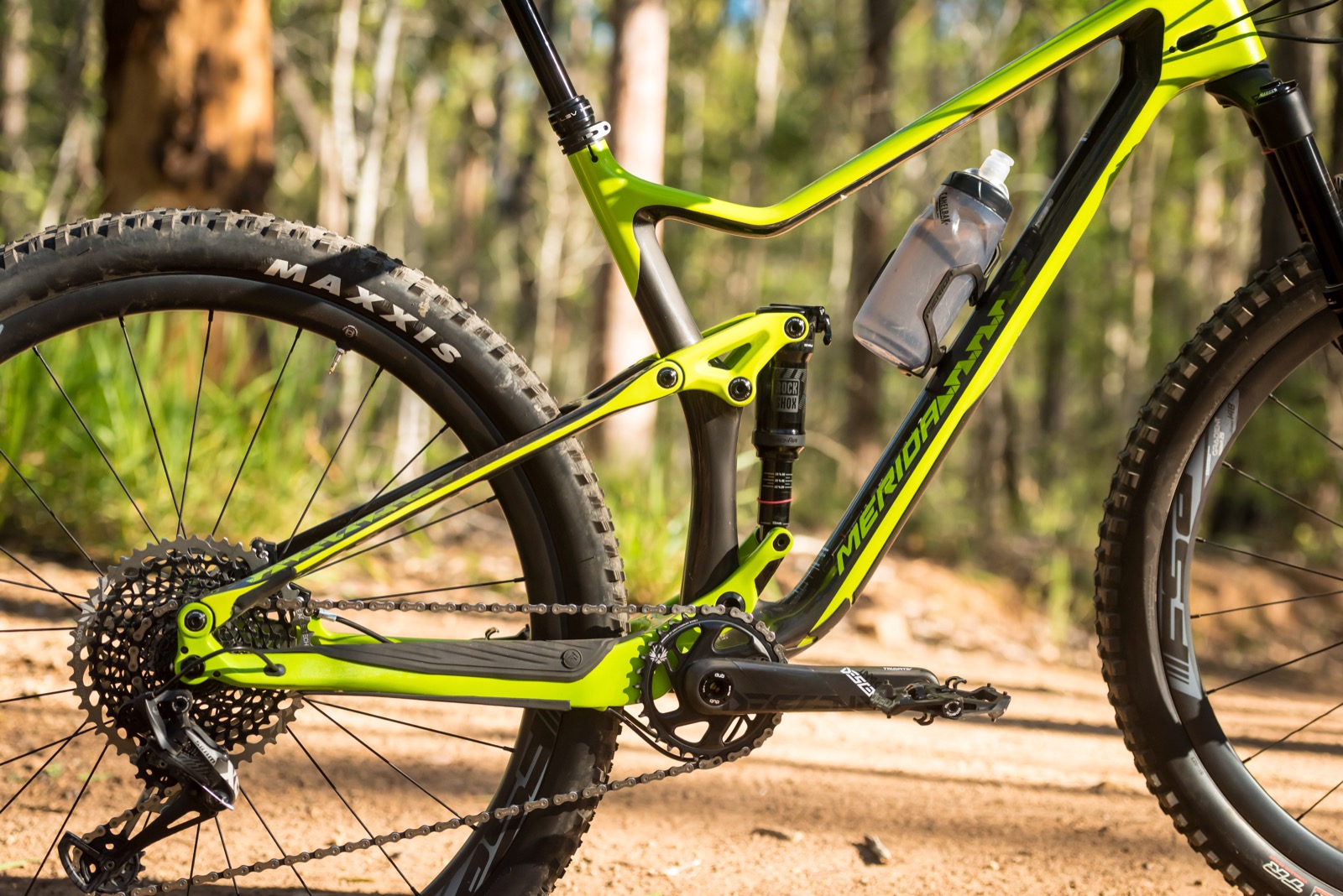
On this model Merida have gone a bit more aggressive in their specs compared to many other brands, putting downhill powered SRAM Code stoppers hooked up to 180mm rotors front and read. The beefy RockShox Pike RTC3 forks and some strong but light carbon wheels with 29mm internal width are all part of that build, as are the aggressive Maxxis tyres.
Riding Experience: Racing and riding since 1989 in the early days of MTB
Generally Rides: Rocky Mountain Element 999 TO custom, Norco Sight C1, BMC SLR01 SRAM Red
Height: 181cm
Weight: 76kg
Bike Test Track: (Gap Creek, Daisy Hill)
With bikes like the Giant Trance Advance Pro, Norco Optic, Trek Fuel EX, and Specialized Stumpjumper ST 29 all offering similar travel platforms and spec, the Merida's only challenge from a value and parts spec is from the Norco Optic C1, which retails for $1000 less but only has GX Eagle and NX specs not the XO1 Eagle, plus the Merida also comes with a great set of carbon wheels over the alloy rims on the Norco. Equivalent spec bikes from Giant, Specialized and Trek are all much more or have cut corners on the specs to make up the price.
Initial Impressions
At first glance the new One-Twenty with its full carbon frame has much improved aesthetics. The down tube is very wide but has quite a flattened profile, the seat and chain stays are constructed with carbon, and have a generous curve for heel clearance on the boost spaced frame. There is good frame protection on the chain stays and down tube/bottom bracket area to protect from wayward rocks and sticks damaging your investment.
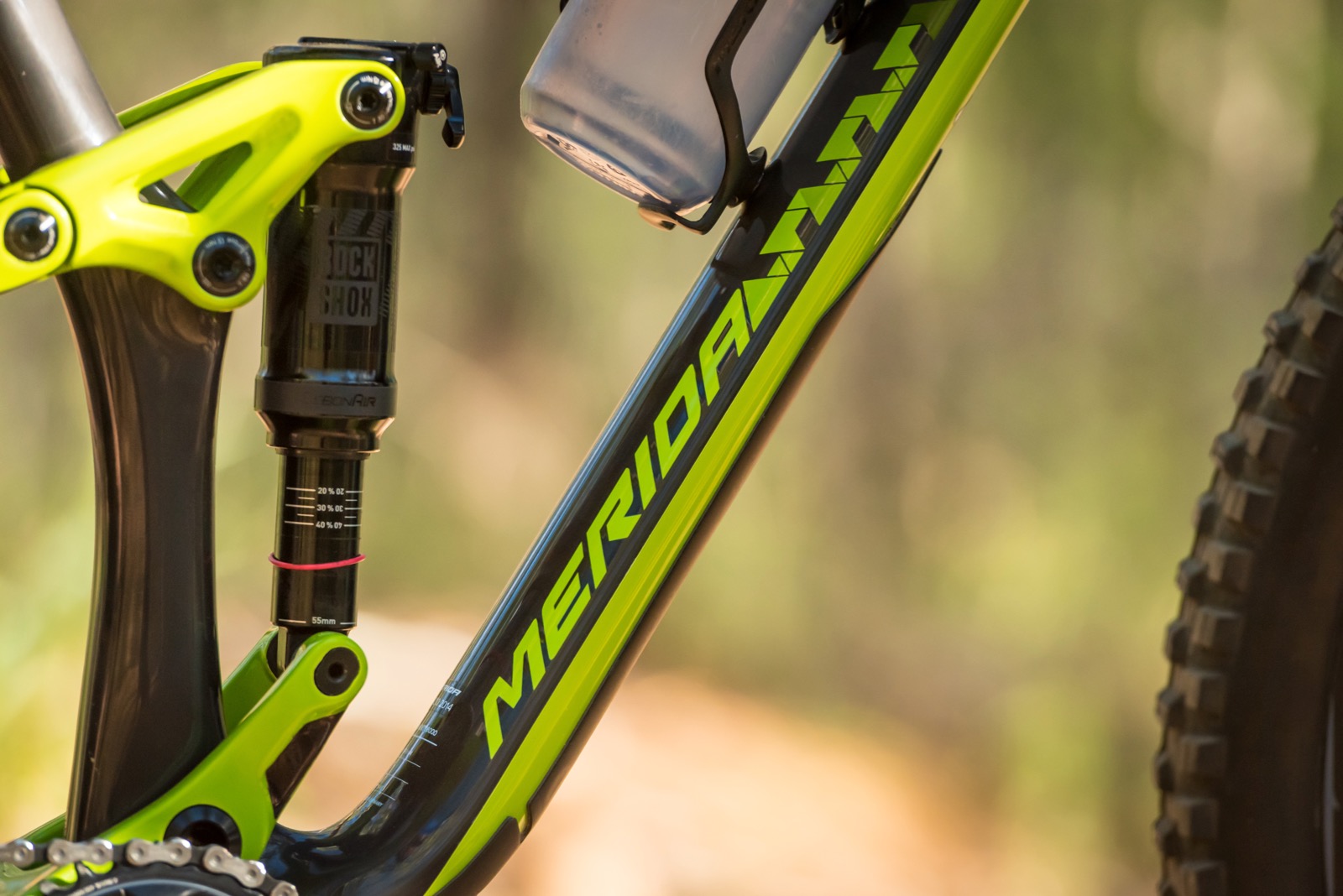
The Float Link suspension is quite similar to the Trek set up with the top of the trunnion mounted shock connected to a rocker link and the bottom to the extension of the chainstays past the main pivot. It provides a supple and responsive first part of the travel, but reaches a nice platform to get some pop with and make it easy to pick the bike up and move around. I set up the travel at just over 25% sag and was happy with that the whole time I had it. I reached the bottom of the 120mm several times but never with any sort of horrible thud.
See how 'XC' the 8000 can be made in this piece!
Thanks to all internal routed cables things are nice and neat, although one peeve is cables came very long and untrimmed and the rear brake has come routed down the left side of the frame. In a country that mostly run their rear brakes on the left it would be good to see the hoses routed the right way. This is something a good shop should remedy for you on build up though. There is no remote lock out on either fork or shock, which is a good thing in my book, as with the dropper cable and brake cables already long we don’t need any further cables making a birds nest. The rear RockShox lever is easy to reach to quickly adjust the suspension on the fly if needed, although I didn’t notice a great deal of difference from open the pedal position, although it firms up almost completely on lock. I find on most bikes though once you go all the way to lock you tend to get tyre bounce come through so I tended to just keep it on Open or Pedal mode.
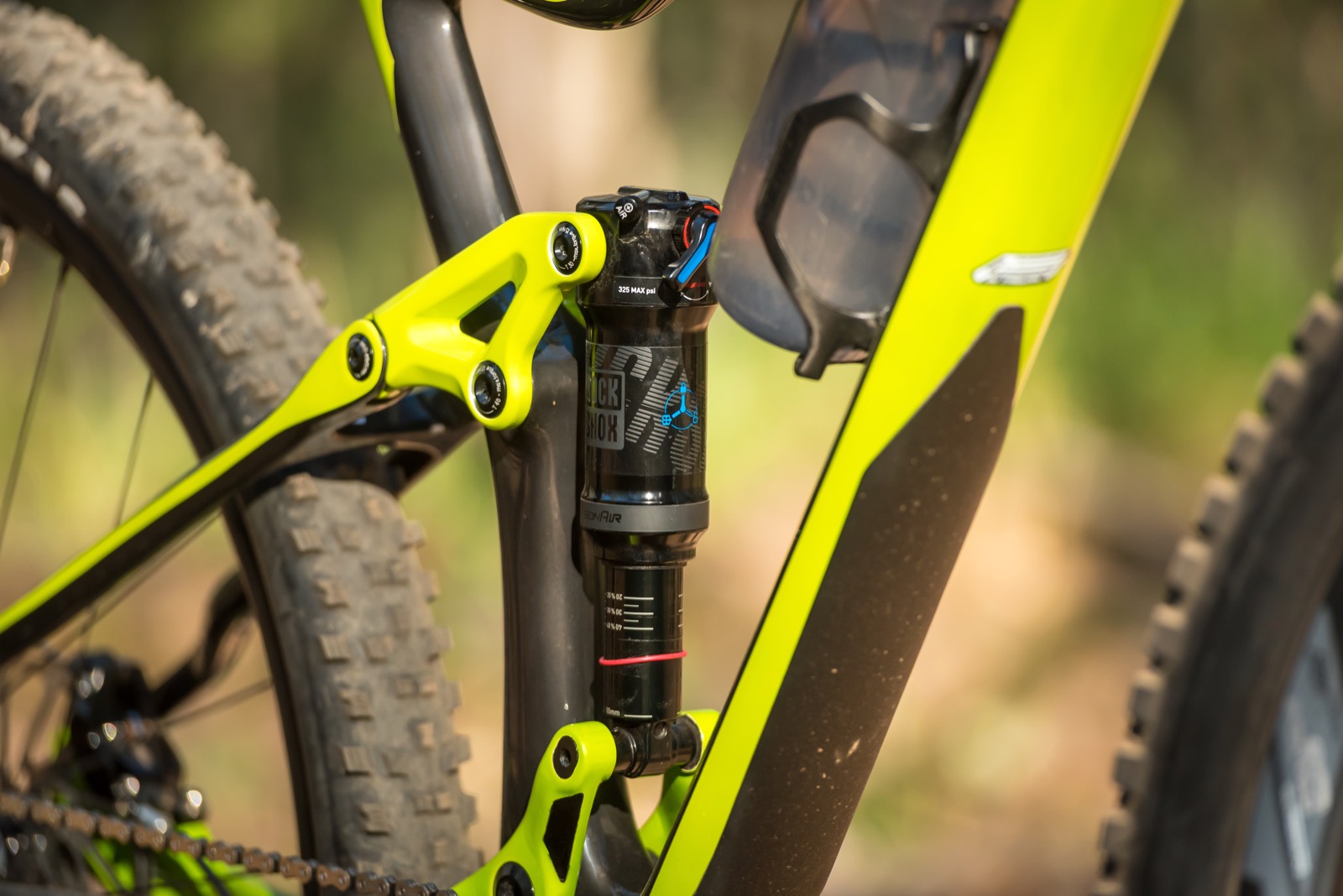
The green of the Merida may not be everyone’s cup of tea, but I really like the graphics down the top tube and the metallic fleck that shone through in the light. Merida have made an effort to improve stand over clearance with a sweep in the top tube too, but my short legs for my 181cm had the 150mm KS Lev fully slammed to get the correct riding position at full extension still, although that is not too uncommon for me.
The main point that stood out for me was the part selection for a bike with just 120mm of rear travel, with Merida opting for downhill level brakes, and an all-round beefier selection of parts like the Pike forks and the Minion front tyre. Although tyre choice was interesting at first glance, with the Minion DHR 2.4” set up on the front, and the Forecaster 2.35” on the rear. The only reason I can think of why they selected the DHR on front over the DHF was that perhaps the DHR rolls a little faster, but still gives great cornering traction. The Forecaster tread pattern works well in loose conditions, but perhaps may not be the best choice depending on the terrain in your area.
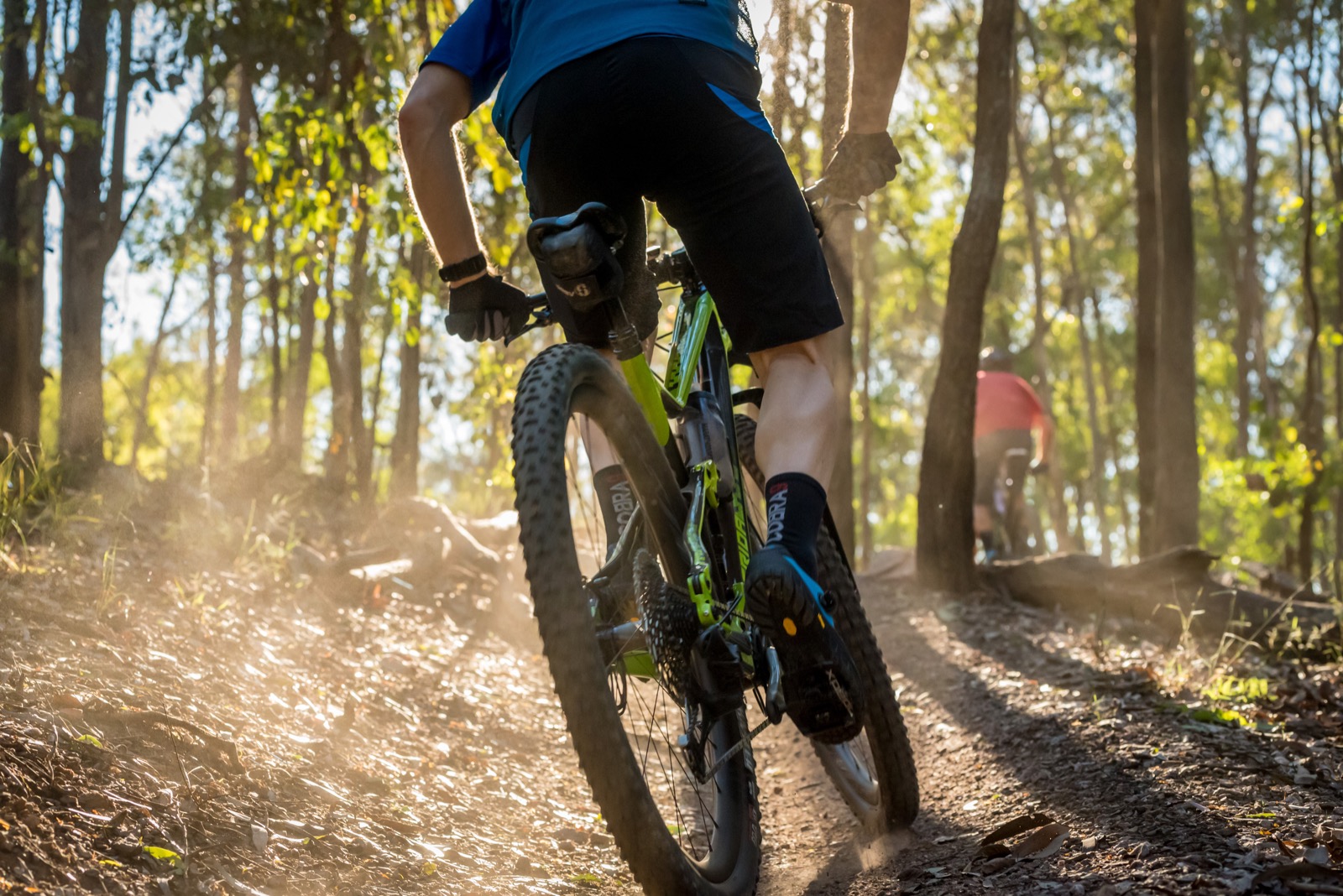
Set up was as simple as adjusting the seat height, getting the levers and gear positioned to my preference, I like to run them both pretty in board and setting the sag up on the suspension. I made some minor rebound adjustments over the test period, and tweaked the compression setting a little on the forks and that was it. Everything was left standard, we just got the tyres set up tubeless with some Orange Seal sealant and I was off and riding. I thought I may not like the 35mm clamp bars and stem, but the rake and position felt good and it wasn’t overly stiff feeling. I usually prefer to run 31.8mm clamps to give me a little more compliance.
One of the main things that stood out to me as far as possible concerns out on the trail was the use of T30 and T40 Torx keys for the rear linkage bolts. Now Torx keys are great but very few if any multi tools on the market have any this size should these come loose out on the trail. So, make sure these are tight whenever you are performing your maintenance. Either that or get some this size to through in the saddle bag (people still use these, right?)
As with any bike, contact points are always a point are always points of personal preference. I ride on a Prologo saddle on my XC bike, although in a different model and size and found the Nago X20 a little on the narrow side, but manageable for the ride time I was doing with a good chamois. The grips were a good size for me, although a little on the firm side. All these things are relatively easy and cheap to swap out or replace as they get a little tired from use.
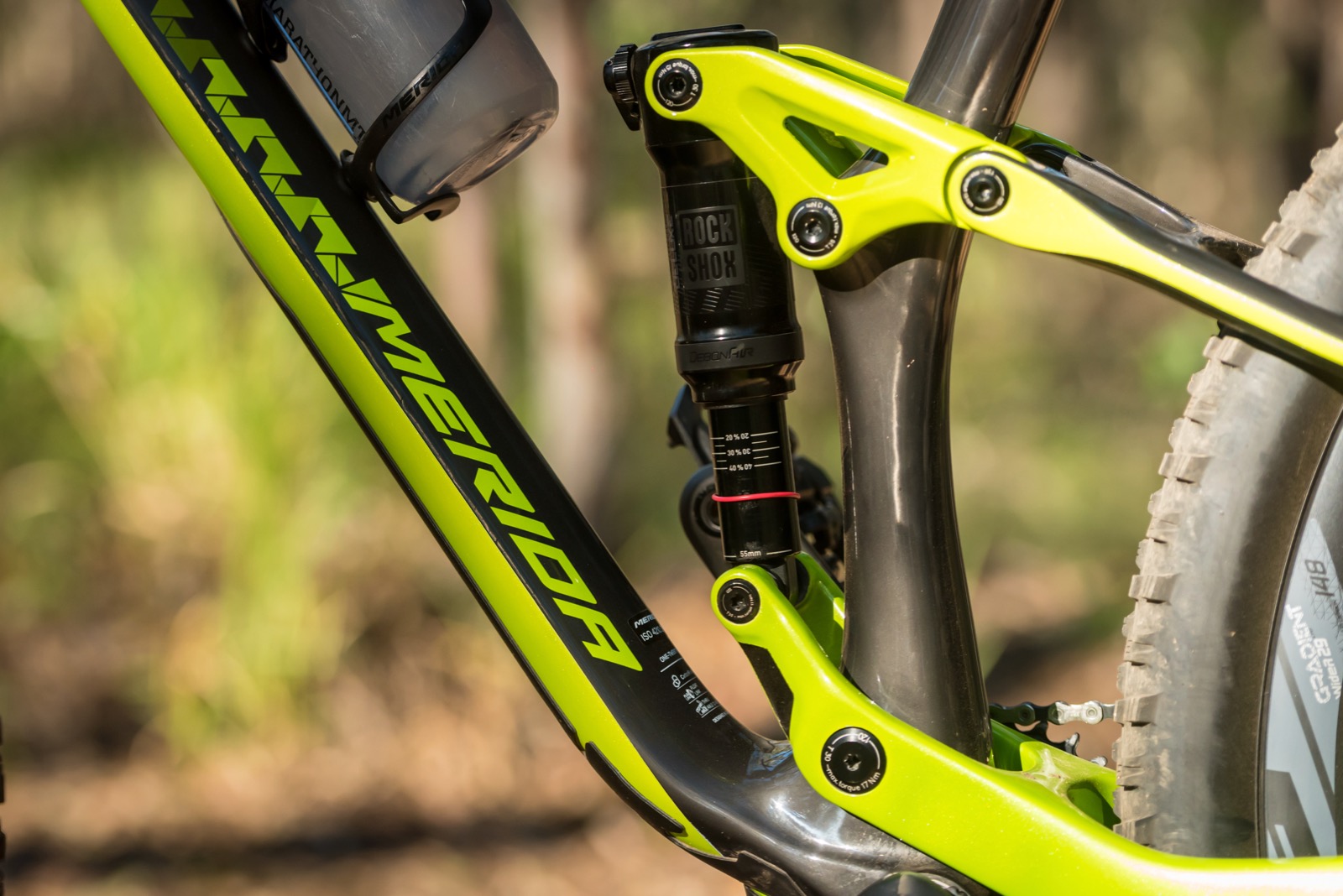
I had a small amount of the chain stay protection lifting before my first ride that I thought may give me some issues latter, but some time taken to smooth it down well and the adhesive held fast and did its job.
Claimed weight is 12.85Kg in large without pedals, and ours was 12.63kg without pedals – and with the included carbon bottle cage. Coming in underweight doesn't happen very often!
On The Trail
The One-Twenty is the all-rounder of the Merida range, it dials up the fun factor but tries to keep the weight and pedalling efficiency sensible. Want to go for a fast 1hr blast on the trails before work and keep up with your XC mates? Check. Want to have epic exploring rides on the weekend? It can do that too. Want to try to set a new Strava PR on your local descent? With the tyres and brakes, it will certainly let you push. Sure, on a trail bike with these sorts of numbers you can find the limits of when pushing it into rowdier and rockier terrain, but the One-Twenty 8000 never feels too overwhelmed or under gunned.
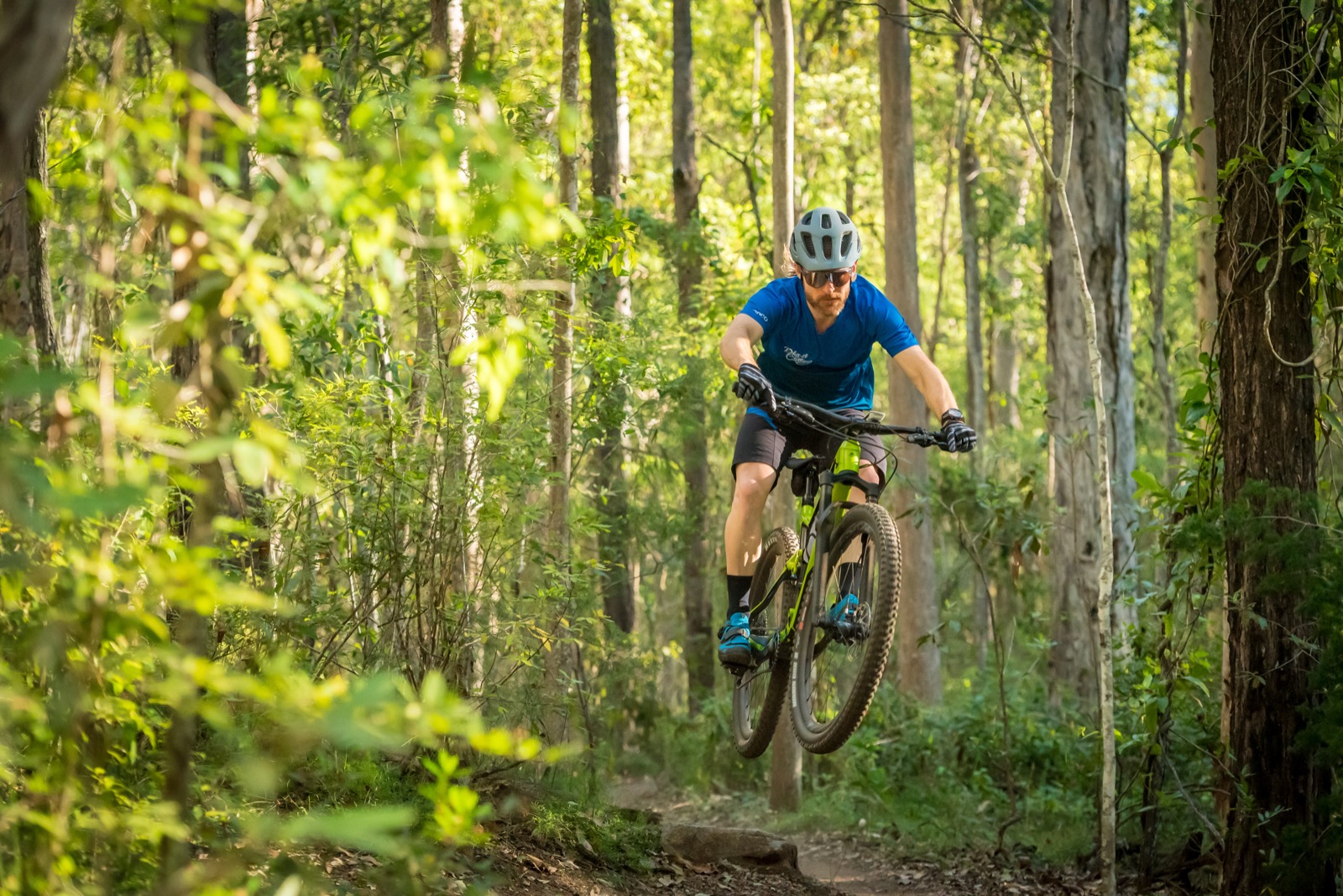
The riding position isn’t all that far from an XC bike with only a slightly higher bar position, making for a comfortable climbing position and something I felt comfortable on quite quickly coming from my main ride of a Rocky Mountain Element. I have taken longer to adjust to other bikes and be comfortable finding the limits than I did on the One-Twenty. It had a familiar feel but with a lot more grip, and a bit plusher with a smoother trail feel.
Running a 67.3 degree head angle across all sizes, it is not radical by any means these days but about right to provide the stability needed when heading down hill along with good handling still at lower speeds and climbing. A 435mm chain stay length kept it nice and snappy and easy to lift the front when the urge to bust out a manual hits you, or you just need to get over a trail obstacle. And the 455mm reach on size large puts you in a very balanced position when both climbing and descending which is what this bike is all about. Nothing too crazy, it just does everything well.
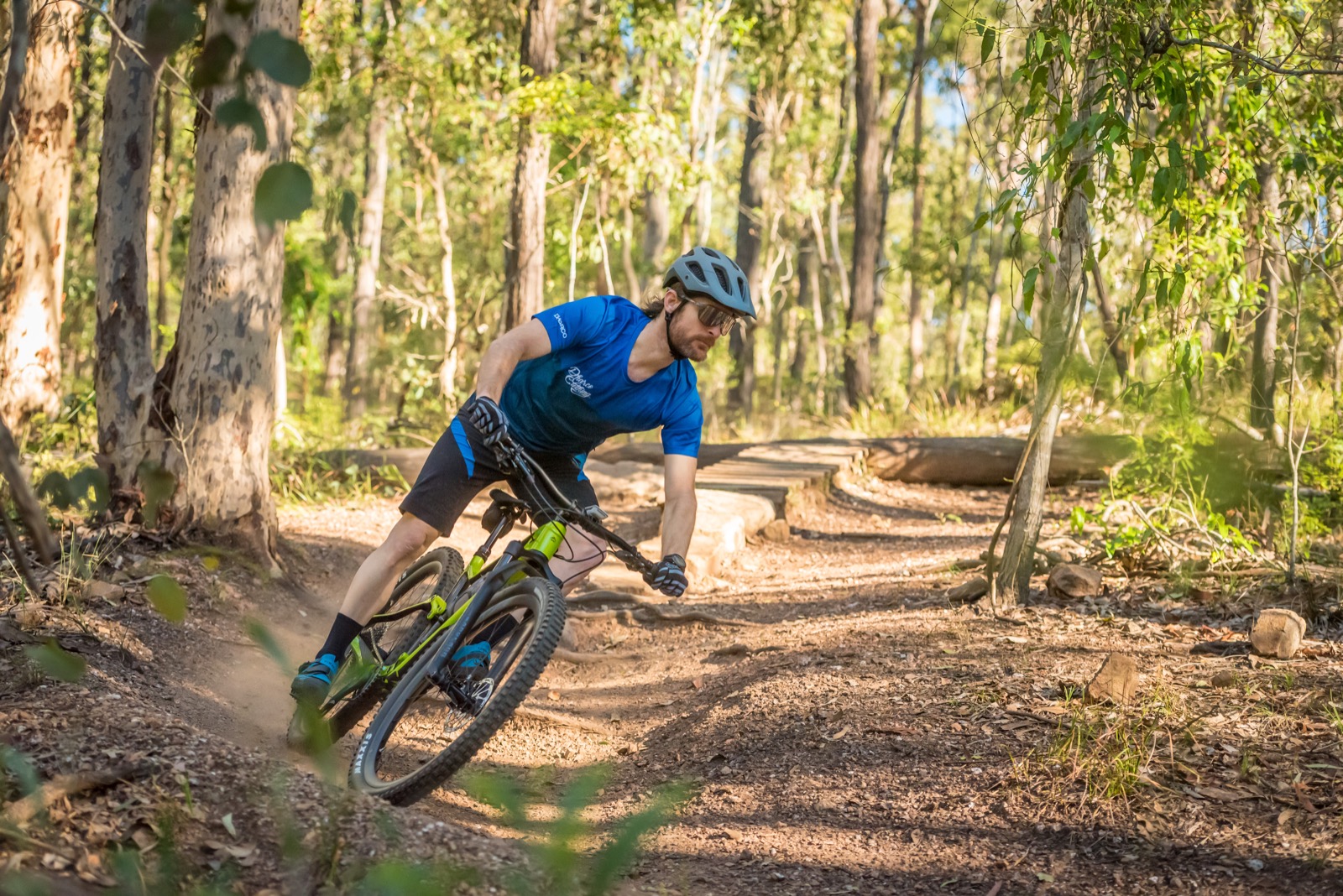
These features along with the parts spec make this a very fun handling bike. The One-Twenty is nimble under foot when you put down the power yet has a snappy and reassuring feel about it when flying through some tight singletrack or pointing it down a steep down hill section and you just want to let it run. Both the forks and rear suspension offer a stiff responsive platform with very little flex or vagueness, allowing the bike to go with confidence where you point it. I was very impressed with the rear suspension, it was very supple over the small-medium bumps but finding a nice platform to pop the bike around as needed and ramping enough to stop you slamming though that last part of the travel.
I am loving this sector of the MTB market as I feel the “trail light” range of bikes offer so much for the vast majority of riders. Why? They still pedal well and are not tanks in the weight department but offer so much more confidence and compliance on the more advanced trails than a more skittish XC bike. They will perform well in the majority of trail conditions you’re likely to get out there. I am not much of an advocate of the term “quiver killer” as with all bikes there is a compromise. Want a race bike? Well they will do what they are intended for well but may not have the best trail manners. Want a trail bike? Well they can do most things very well but if chasing seconds is your thing and you are serious about it, then you are going to be either sacrificing pedalling efficiency and weight over an XC bike or outright speed and big hit capacity if you are into Enduro racing. So, you can go racing on this bike but it may not have you at the very front of the field, but you will have a smile on your dial.
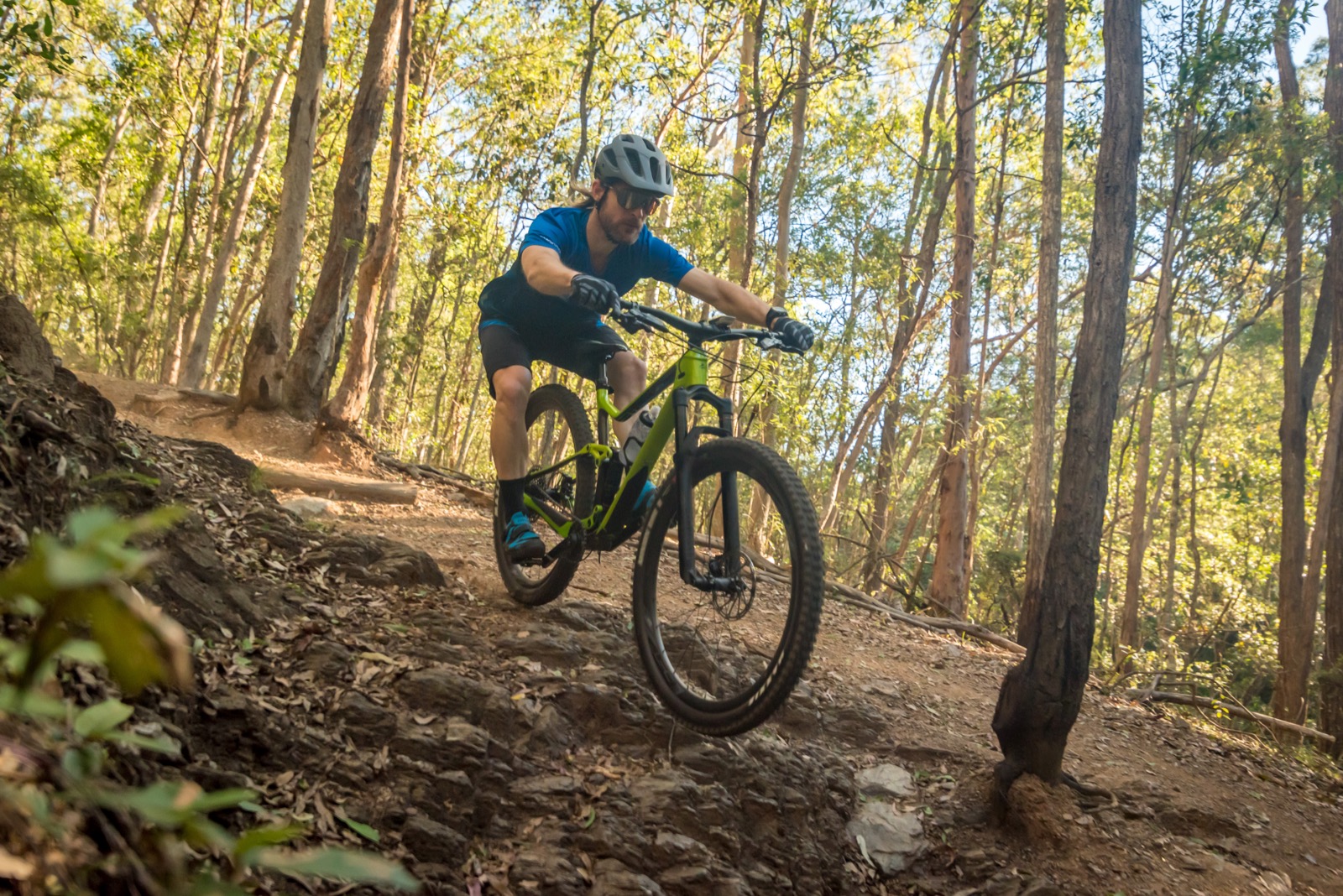
In my local trails there really isn’t anything this bike can’t handle. If you mostly have steep and rocky trails opting for a longer, slacker trail bike is perhaps going to be a better option than the One-Twenty, but in the vast majority of trails most of us normal riders hit, this is very capable trail sled. I did not make any changes during the test period, although if it was left to me I would be spending an afternoon trimming the cables and going to the trouble of rerouting the rear brake cable to the other side of the frame.
Perhaps if you wanted to do an XC race or marathon it would be worth mounting some faster rolling tyres like the Maxxis Ikon in a 2.35”, or if you do tend to prefer the downs then putting Minions front and rear for some added grip in the rear. All things performed well otherwise and didn’t show any concerns for any long term durability issues. All the pivots run on sealed bearing for relatively ease of service for your local bike shop.
Our Take
The Merida One-Twenty 8000 is a light weight trail bike with great pedalling efficiency and a parts kit that is stacked towards riding hard. By complementing the high quality frame with wheels, suspension and brakes that are all on point for modern trail riding, Merida have made a bike that rides across a wider performance range than you would expect.
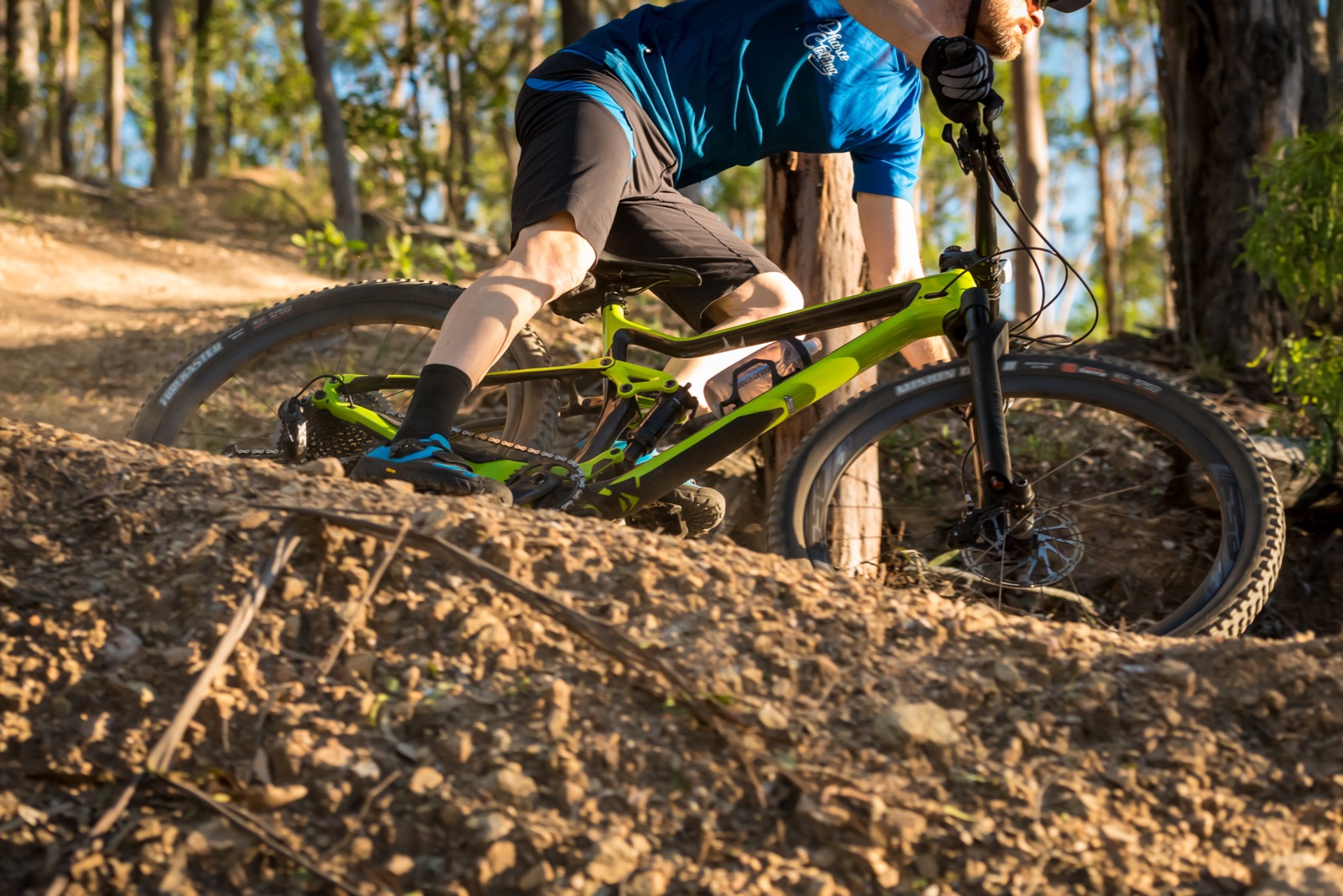
Any downsides are minimal, and based around contact points that can be changed at your Merida dealer – and if the bike is built well it’s unlikely you’ll ever be looking for a T30 or T40 on the trail. This is a super fun trial bike that will suit many Australian mountain bikers, unless you live with a shuttle-assist bike park in your backyard or have aspirations to chase cross-country stardom. We are never going to say $6999 is a small amount of money, but the parts spec and ride quality available for that price on the Merida One-Twenty 8000 makes it stack up ahead of its competition, and miles ahead of some boutique brands in the same sort of trail segment. It’s hard not to think that the Merida One-Twenty 8000 has just about everything a fast and light trail bike should have.
Brand: Merida
Model: One-Twenty 8000
RRP: $6999
Weight: 12.85kg claimed(as tested)
From: advancetraders.com.au
Available Sizes: S, M, L (tested), XL
Frame Material: Carbon Fibre
Fork: RockShox Pike RCT3, 130mm
Shock: RockShox Deluxe RT3, 120mm
Shifters: SRAM XO1 Eagle 12SPD
Derailleur: SRAM XO1 Eagle
Crank: SRAM Descendant Carbon Eagle 32T
Bottom bracket: SRAM PF92
Chain: SRAM GX
Cassette: SRAM XG 1295 10-50T (12spd)
Wheel set: FSA Gradient Carbon, 29” 29mm internal
Tyres: Maxxis, Minion DHR II TR EXO 3C, 29” x 2.4” Front
Maxxis Forekaster TR EXO Dual, 29” x 2.35” Rear
Brakes: SRAM Code RSC, 180mm
Stem: Merida alloy, 35mm clamp
Handlebars: Merida Expert TR 760mm wide 20mm rise
Seatpost: KS Lev Integra 30.9mm 150mm drop
Saddle: Prologo Nago X20

